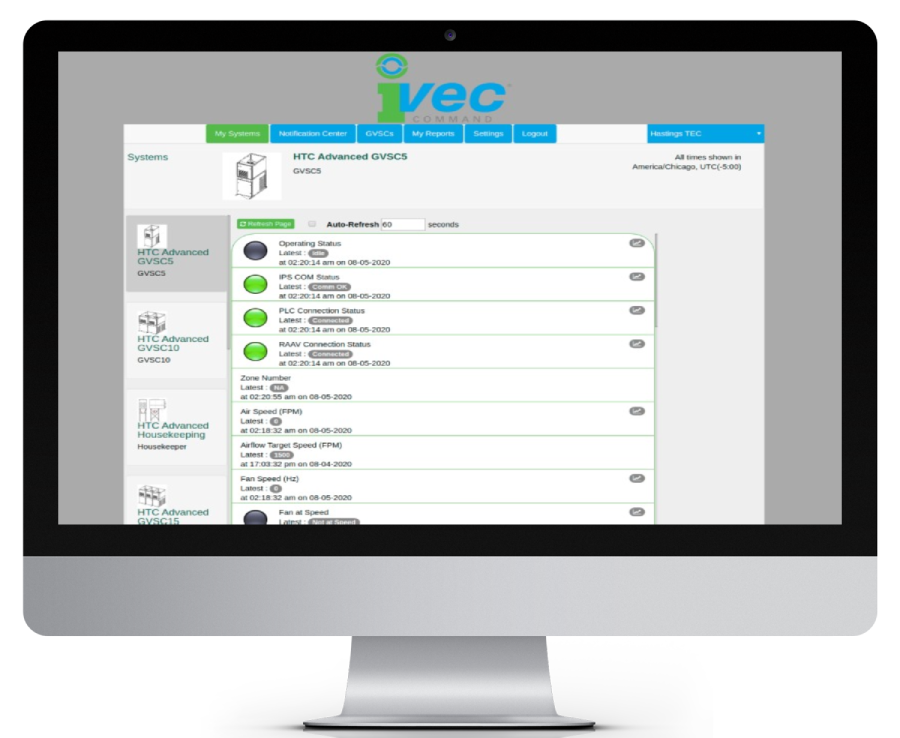Scante Case Study
About The Client
Scante systems help manufacturers and suppliers provide IoT-driven apps to their customers. Apps on the platform integrate IoT data from connected products with support content, parts, services, and interactions that are the day-to-day activities of almost every business.
Customers range from manufacturers of industrial and commercial equipment to services companies, and everything in-between. Though many are small and medium-sized companies, large global companies have also chosen Scante for our rapidly deployable, configurable, and extremely cost-effective systems. They all share a need to provide IoT-driven apps to their customers and haven’t found good solutions from the IoT mainstream.
Since before the Internet of Things (IoT) was a thing, Scante has been developing complex customer interaction and support applications for Internet-connected products.
“Our partnership with Osian has enabled Scant Evidence to serve its customers and allow their IoT hardware connected to the cloud and controllable by the web and mobile apps in an easy and simple manner, enabling us to provide features and capabilities that our customers demand which helps us expand our business.”
Tom Dichiaro
CTO, Scante Evidence LLC

The Project
Osian was involved in the execution of the project at a very early stage. Osian was tasked with creating the software architecture for the end user-facing interfaces, including desktop, mobile web, and admin dashboard that powers the overall IoT stack. The Scante stack involves onboarding industrial equipment which transmits data onto the Scante data collector framework and then has the end-user monitor data for analytics or even control the IoT device by issuing commands to the equipment via a two-way command communication protocol.
The Challenge
Creating a software architecture that would allow for white labeling was crucial right from the onset since the direct clients of Scante were industrial equipment manufacturers who would ultimately be selling to other end users in return. This required a robust information architecture that would allow for the flexibility of code reuse without compromising on security.
The system architecture also needed to be scalable given the requirements of the IoT framework.
Technology Selection
Osian came up with a list of mature front-end software architecture choices that complied with the requirements and created a comparison matrix of features that allowed Scante to reach a decision. Since some of the services were already in place, this required an understanding of the existing architecture and then making the choice for the same.
The primary selection criteria were based on a few key factors, including :
White Labelling
One of the prime considerations while selecting the technology stack for the project was to enable white labeling. This was not restricted to small changes in branding but to also allow support for theme rollers and font selection.
Modularity and Maintainability
The nature of the project required that the solution architecture provided for creating each piece of the puzzle as a lego block that allowed for the incorporation of new features as a new module. It was also important for each module to have its own code structure to allow for the long-term maintainability of the feature without having to resort to a large-scale monolith.
Remote Control
One of the exciting things in the long list of features was the ability to control the IoT device via a control panel view rendered on the web. This would require a command-control messaging system that would ensure that any commands sent over the wire were executed on the opposite side of the link in an expected manner.
Security
Since these were actual devices that were to be controlled and information about critical components was to be exposed to the outside world, a safe and secure communication protocol was needed for the same.
Cost
It was important to keep the running cost of the system low during the inception of the project. Running the entire infrastructure on AWS seemed like the most natural thing to do right from the start as it would allow the entire system to scale based on the requirements.
Ease of use
The white-labeled application was to be used by end-users on both the mobile web and desktop platforms. Hence, it was important to keep usability in mind while constructing the modular pieces of the application.
